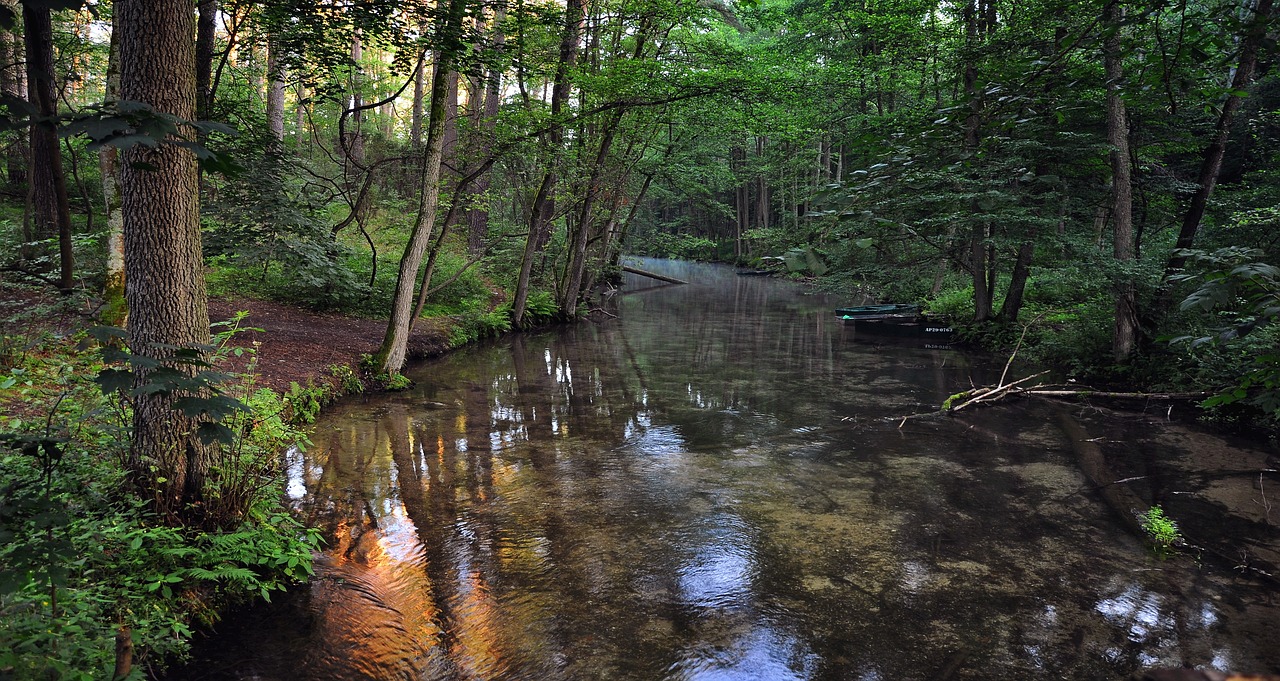Language and Communication: Overcoming Barriers in Poland
Introduction
Poland, located in Central Europe, is a country with a rich history and vibrant culture. With a population of over 38 million people, communication plays a crucial role in daily life. However, language barriers can often hinder effective communication, especially for non-Polish speakers. This article will explore the challenges faced in language and communication in Poland and discuss strategies for overcoming these barriers.
Language Diversity in Poland
Poland is a linguistically diverse country, with Polish being the official language. Polish is spoken by the majority of the population and is the native language of over 97% of Polish citizens. However, there are also several minority languages spoken in Poland, including German, Ukrainian, Belarusian, and Lithuanian. This linguistic diversity poses challenges for communication, particularly in regions with significant minority populations.
- German: German is spoken by a sizable population in western Poland, particularly in areas close to the German border. It is important to note that while many Polish Germans are bilingual, not all Germans in Poland speak Polish fluently.
- Ukrainian: Ukrainian is spoken by a significant number of people in southeastern Poland, particularly in regions bordering Ukraine. Language barriers can arise when interacting with Ukrainian-speaking individuals, especially in rural areas.
- Belarusian: Belarusian is spoken by a minority population in northeastern Poland, primarily in the Podlaskie Voivodeship. Communication challenges may arise when interacting with Belarusian speakers, as the language is not widely understood outside of the community.
- Lithuanian: Lithuanian is spoken by a small community in northeastern Poland, mainly in the Suwałki region. Interactions with Lithuanian speakers may require additional language support due to the limited understanding of the language among the general population.
Language Barriers in Everyday Life
Language barriers can pose challenges in various aspects of daily life, including education, healthcare, and social interactions. These barriers can lead to misunderstandings, exclusion, and limited access to services for non-Polish speakers. It is crucial to address these barriers to ensure inclusivity and effective communication for all individuals residing in or visiting Poland.
- Education: Non-Polish speaking students face significant challenges in the Polish education system. Language support programs and bilingual education initiatives can help overcome these barriers and provide equal opportunities for all students.
- Healthcare: Accessing healthcare services can be difficult for non-Polish speakers due to language barriers. Medical professionals need to have access to interpreters or translators to ensure effective communication and the provision of appropriate care.
- Public Services: Government offices, public transportation, and other public services need to provide language assistance to non-Polish speakers. This can include translated documents, multilingual staff, or language interpretation services.
- Social Interactions: Language barriers can impact social interactions, making it challenging for non-Polish speakers to fully integrate into Polish society. Language exchange programs and community initiatives can facilitate language learning and promote cultural understanding.
Strategies for Overcoming Language Barriers
Overcoming language barriers requires proactive measures to ensure effective communication and inclusivity. Here are some strategies that can be implemented in Poland to overcome language barriers:
- Language Classes: Offering language classes for non-Polish speakers can help them learn the local language and improve their communication skills. These classes can be provided in community centers, schools, or language institutes.
- Translation Services: Establishing translation services in public institutions, hospitals, and other essential services can bridge the language gap. This can include the availability of professional interpreters or translated materials.
- Cultural Awareness Programs: Promoting cultural awareness and understanding can help break down language barriers. Organizing cultural events, workshops, and community gatherings can foster interactions between different language communities.
- Technology Solutions: Utilizing technology, such as translation apps or devices, can facilitate communication between non-Polish speakers and native speakers. These tools can assist in real-time translation and improve understanding.
Poland Image 1:

Language Support Services
To address the language barriers faced by non-Polish speakers, various language support services are available in Poland. These services aim to facilitate communication and provide assistance to individuals who do not speak Polish fluently.
- Language Interpretation Services: Professional language interpreters are available in Poland to assist in medical appointments, legal proceedings, and other situations requiring language support.
- Translation Agencies: Translation agencies provide services for translating documents, websites, and other written materials. These agencies ensure accurate and culturally appropriate translations.
- Language Schools: Language schools offer courses in Polish as a second language, catering to individuals who want to improve their language skills for work, education, or daily life.
- Community Language Support: Community organizations and volunteers often provide language support to non-Polish speakers through language exchange programs, conversation clubs, and informal language assistance.
Conclusion
Language and communication barriers can be significant challenges in Poland, given its linguistic diversity. However, with proactive measures and the implementation of language support services, these barriers can be overcome. By promoting inclusivity, cultural understanding, and providing language assistance, Poland can ensure effective communication for all individuals residing in or visiting the country.
Poland Image 2:

References
– poland.pl
– culture.pl
– migrationonline.cz
– intercontactservices.com
– polandin.com
Poland Image 3:


